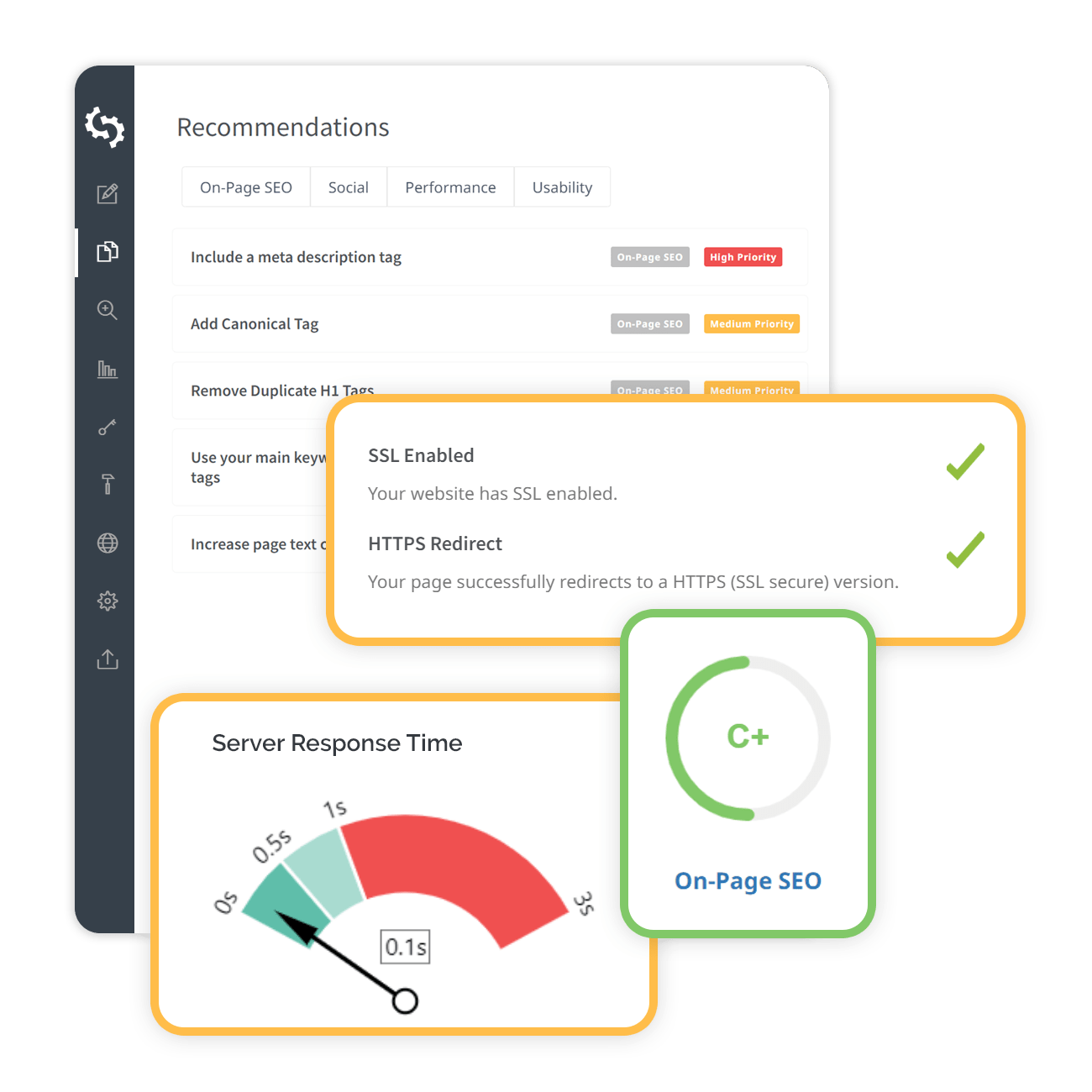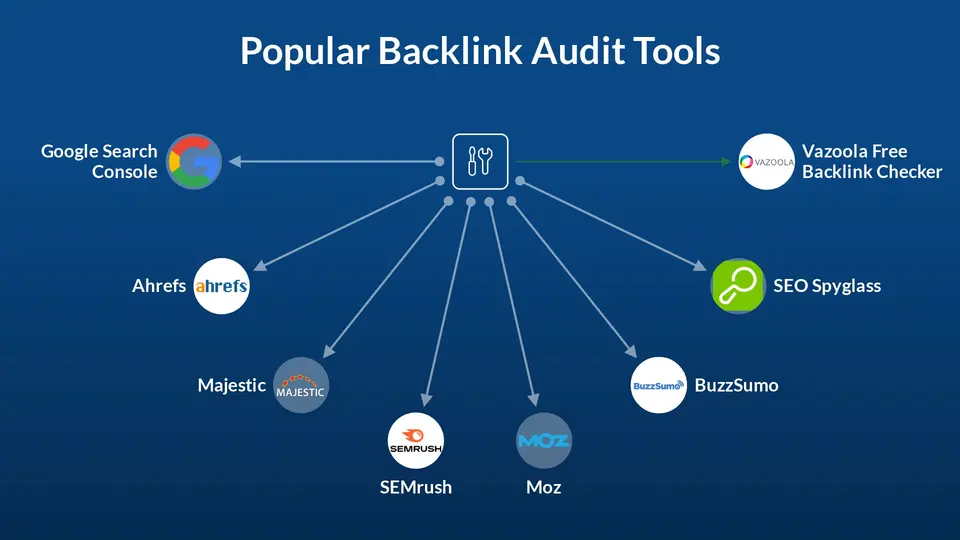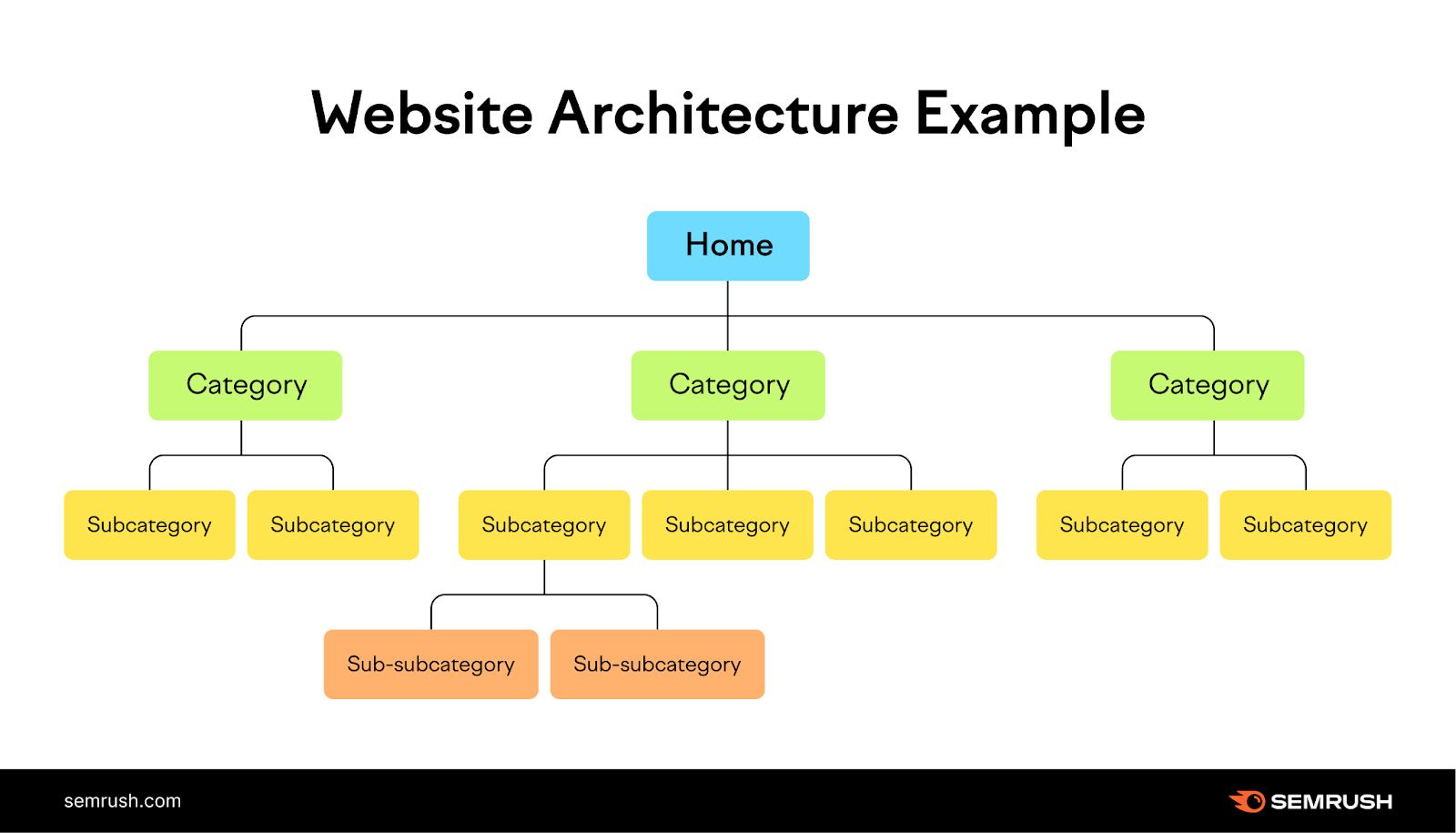What Is an SEO Audit?
A thorough evaluation of a website’s search engine optimization performance is called an SEO Website Audit. To find areas that need work, it assesses several variables like technical aspects, content quality, and on- and off-page elements. Improving the website’s online presence, visibility, and search engine rankings is the main aim of this audit.
How to Do An SEO Audit?
As mentioned above, an SEO audit is essential. It helps to maximize a website’s performance in search engine rankings and improve its overall online visibility. This covers different facets of technical elements, content, On-page optimization and off-page optimization, and more.
When understanding the SEO audit process, you must follow the SEO website audit checklists. Let’s find out a detailed guide for performing an exhaustive SEO audit.

-
Preparing for the audit
Determine competitors, target keywords, and set goals before beginning the audit process. Establish performance metric benchmarks and acquire the required equipment and supplies.
-
Conducting On-Page SEO Audit
You must conduct an On-page optimization following this.
- Assess the Meta descriptions and title tags for uniqueness and relevancy. Make sure they contain the intended keywords and appropriately depict the page content.
- Evaluate URLs for clarity and search engine friendliness. Choose URLs that are clear, informative, and contain pertinent keywords.
- Analyze how header tags (H1, H2, etc.) are used to organize content. Verify that the content is logically organized and optimized for keywords.
- Verify the descriptive value and relevance of the file names and image alt text. Improved image quality helps with SEO in general.
- Examine how often the keywords are used in the text. Prevent over-optimization and make sure the distribution is natural.

-
Off-Page SEO Analysis
Perform a comprehensive analysis of backlinks. Analyze the backlinks’ diversity, relevancy, and quality. Take note of and remove any harmful backlinks. Look into the website’s participation and visibility on social media sites. Search engine rankings can be influenced by social signals.
-
Technical SEO Check-Up
- Employ resources such as Google Search Console to detect crawl errors and apply the required redirects. Guarantee an easy-to-use interface.
- Assess how quickly the website loads. For better performance, make use of browser caching, optimize images, and take content delivery networks (CDNs) into account.
- Check for the existence and correctness of these files. Search engine crawlers are guided by these files.
- Verify whether the website is responsive to different mobile devices. Search engine rankings and user experience both depend on responsive design.

-
Content Audit and Optimization
Evaluate the content’s overall quality with Content optimization. Make sure it is interesting, pertinent, and offers users something of value. Reduce or remove any content that is thin or of poor quality. Upgrade already-existing content or think about eliminating low-value pages. Look for and remove any instances of content that are identical because they can hurt search engine optimization. Resolving duplicate content issues can be aided by canonical tags.
-
Keyword Research and Optimization
Find high-performing and relevant keywords by conducting keyword research or Website research. Think about search trends and user intent. Organically incorporate targeted keywords into headings, meta tags, and content. Prioritize the user experience and refrain from stuffing keywords.
-
Backlink Audit and Quality Assessment
Analyze the link profile of the website. Make sure there are a variety of relevant, high-quality backlinks. Locate and reject spammy or toxic backlinks. Keep an eye on new harmful links and take appropriate action.

-
Site Speed and Performance Evaluation
To evaluate and enhance page load times, use resources such as Google Page Speed Insights. Reduce server response times, take advantage of browser caching, and optimize images.
-
Mobile-Friendliness Assessment
Verify that the website is responsive and easily changes to fit different screen sizes. Give the mobile user experience top priority.
-
Structured Data and Schema Markup Review
When appropriate, use schema markup and structured data. Rich snippets can improve search engine results as a result.
-
Analyzing Site Architecture and Navigation
Look for a logical hierarchy in the website’s architecture. Make sure users and search engine crawlers can easily navigate the site. Make the most of internal linking to direct users to pertinent content and share link equity. Make an internal linking structure that makes sense.

-
Tools and Resources for SEO Audits
You can use Google Analytics to get in-depth know-how about user hobbies, internet site traffic, and conversion metrics. Moreover, you may also use SEO tools to examine keywords, backlinks, and competitors’ overall performance in intensity. Further, Google Search Console devices can be used to publish sitemaps, make music crawl mistakes, and reveal web page performance.
-
Tracking and Reporting SEO Audit Results
Set KPIs in line with your SEO objectives. To gauge progress, monitor and report on these metrics on a regular basis.
- Implementing SEO Recommendations
Put SEO advice into practice in light of the auditor’s conclusions. Give high-impact adjustments top priority for quick improvements.
-
Post-Audit Monitoring and Maintenance
Keep a close eye on user activity, site performance, and rankings. Keep an eye out for fresh SEO service opportunities and difficulties. Moreover, keep abreast of changes to search engine algorithms so that you can modify your tactics appropriately. Sustained SEO success requires constant adaptation.

Final words!
Website owners and search engine marketing specialists can improve their website’s visibility and overall performance in search engine effects by accomplishing an intensive SEO website audit.